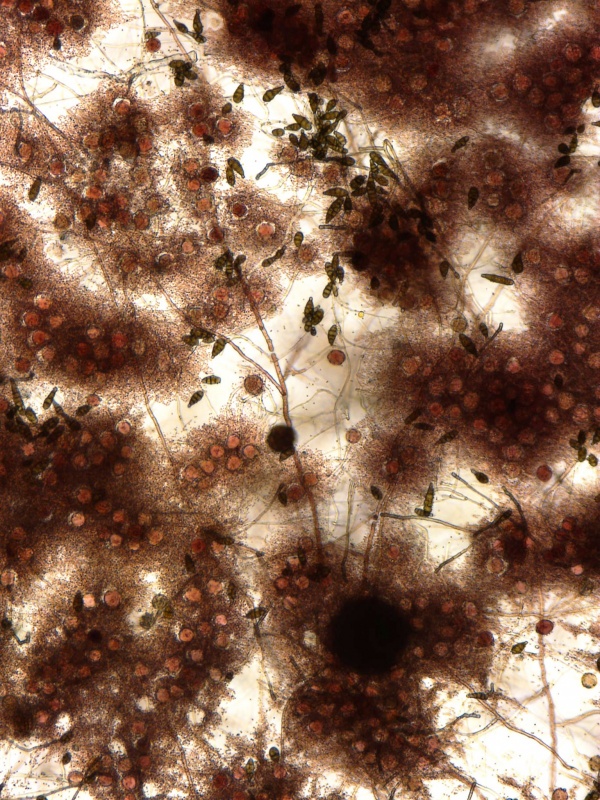carried by the wind, 2024
Allergenic anemophilic pollen chromatography system
Water-based resin, glass, brass feet
Curtains imprinted with microscopic images
Designed in collaboration with Nicolas Visez, aerobiologist at LASIRE
(Laboratoire de Spectroscopie pour les Interactions, la Réactivité et l'Environnement / CNRS-Université de Lille).
Some grasses and trees spread their pollen by the wind, and are said to be anemophilous.
Today, when we think of these plants in our environment, we most often think of allergies caused by pollens emitted in large quantities and subjected to the vagaries of the air. Researchers have shown that these allergies are heightened when the air is polluted by human activity.
So how can we rediscover the beauty of these microscopic organisms, designed to transmit life?
In this landscape that plays with scale, anemophilous pollens cohabit with our tears, hatch on giant grasses, trickle encapsulated. It's an invitation to see them anew.
Large swathes of printed muslin redraw the volume of the Asinerie into a theatrical space, where the actors are anemophilous pollens. The almost abstract images on the voile are actually the result of a Petri dish encounter between birch pollen and our tears. Their evolution gave rise to images taken with a confocal microscope (at the BICeL laboratory of the University of Lille) and printed on the fabric.


